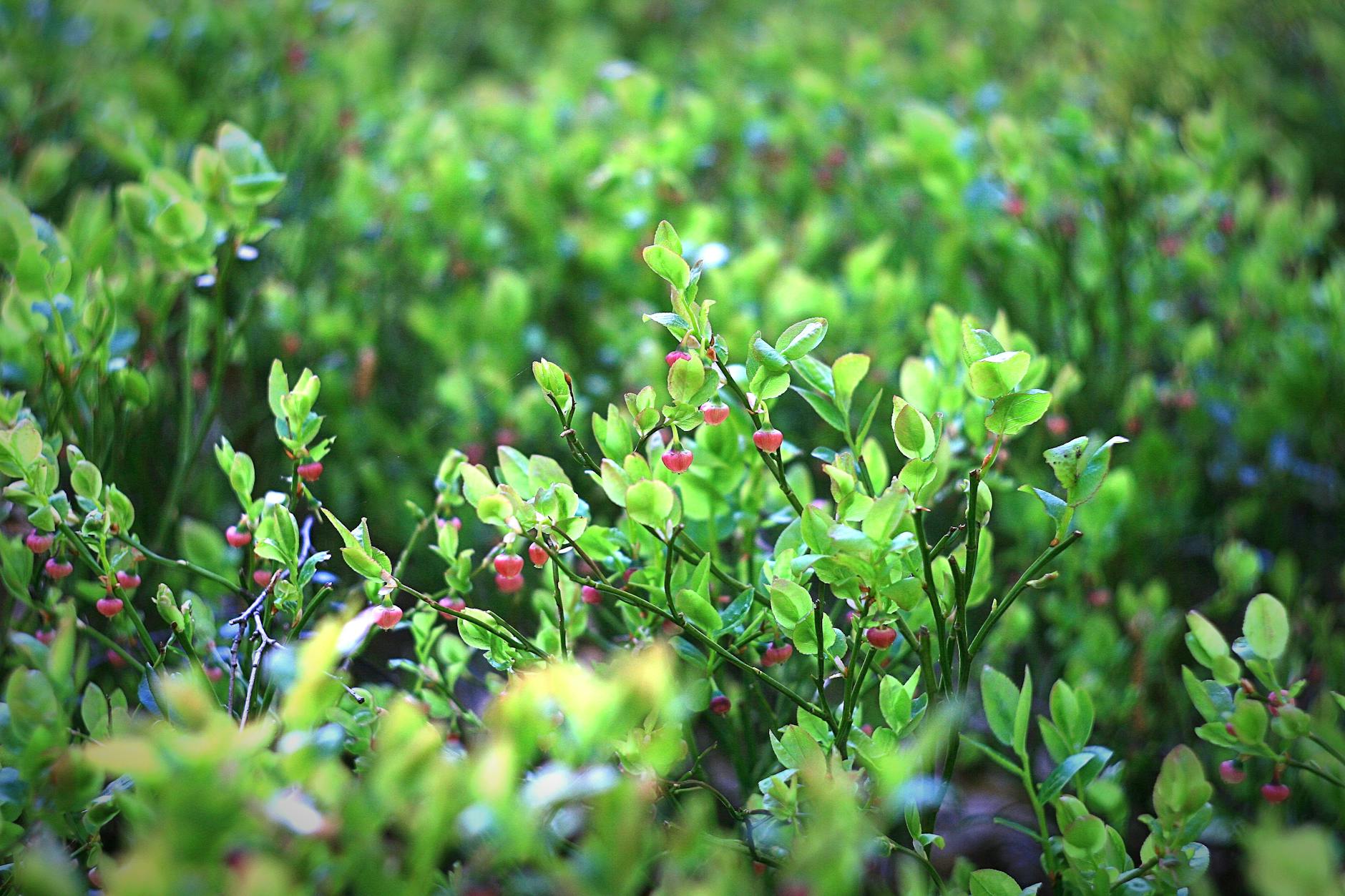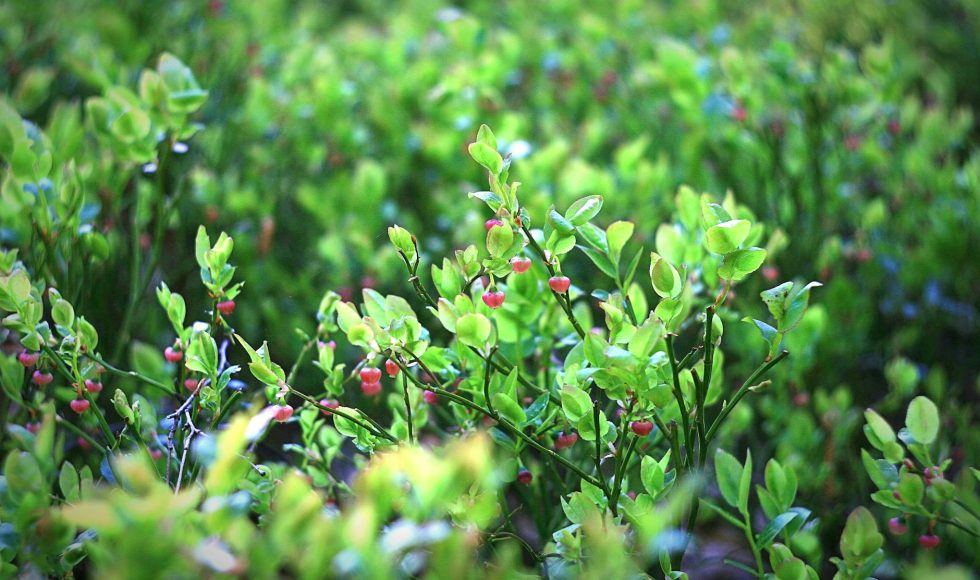Seda Mirzoyan from Rutgers University presented at the Nanopore Community Meeting 2019 on “Using SIP and MinION sequencing to uncover active microbial communities in blueberry farm and forest soil systems.” Mirzoyan characterized active communities by using SIP and the MinION system. They spoke about the United States being the largest blueberry producer, with over fourteen states producing blueberries. Highbush blueberry plants require well-drained acidic soils and high organic content, according to a slide presented by Mirzoyan. This research aimed to uncover the differences between low and high-productivity blueberry soils. They used stable isotope probing (“SIP”) and amplified bacterial and eukaryotic ribosomal operons. The team used a MinION Mk1B device with MIN106 R9.4.1 flow cells. The DNA was prepared with the Ligation Sequencing Kit (SQK-LSK109). Guppy was used for high-accuracy base calling and demultiplexing. Reads were compared to the UNITE and 16S databases. The active community was mostly fungi (70%). The high-productivity soils were enriched with beneficial fungi that provide nutrients to plants. Low-productivity soils were enriched with fungal soil pathogens. Clustering of sequences suggested the presence of unknown or uncharacterized organisms. Mirzoyan concluded that SIP and ribosomal operon profiling could differentiate between resident and active microbial communities. Abandoned OTUs exhibited internal clustering, and the researchers speculated that there are uncharacterized microbial communities.



